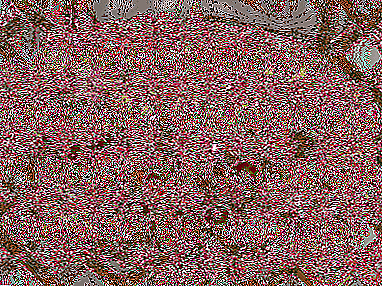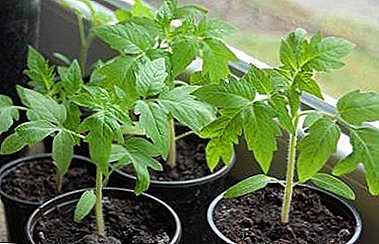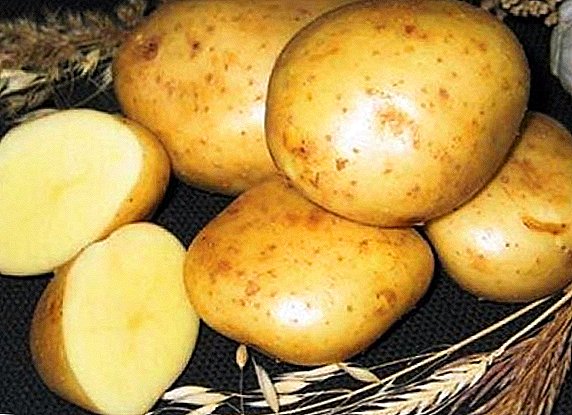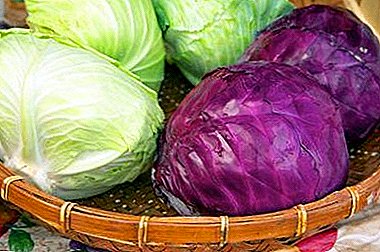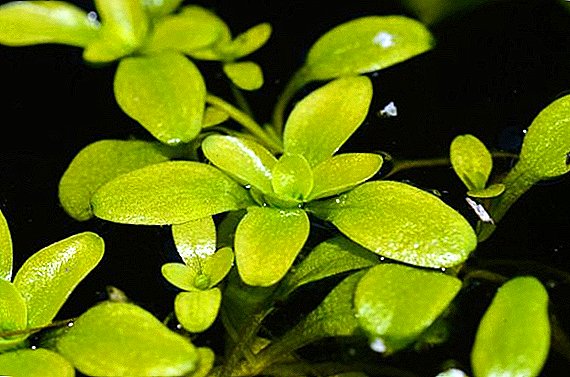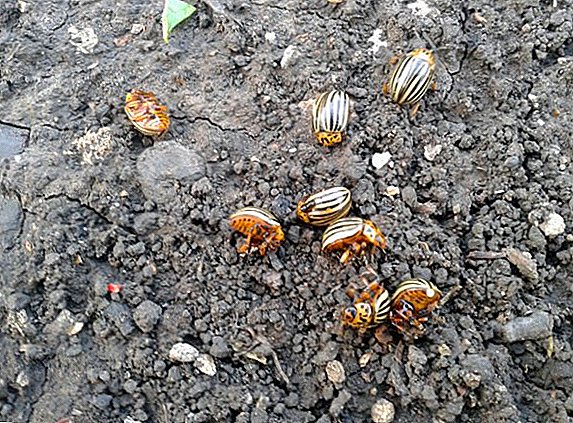
The famous Chinese practice of feng shui is the art of energy control.
According to the traditional view of this trend, the visible world is permeated with Qi energy, which flows differently depending on various factors.
The task of the mate Feng Shui, and of any person who wants to find harmony, is to bring the flows of Qi into balance and create the most favorable environment.
 As a rule, in modern conditions it is a question of using this art for city apartments, but this situation is determined by the current state of affairs.
As a rule, in modern conditions it is a question of using this art for city apartments, but this situation is determined by the current state of affairs.
After all, a significant number of people live in cities and apartments.
That is why Feng Shui was adapted for such conditions, and initially used this art in order to form open spaces: gardens and even entire cities.
Many may be skeptical of feng shui. However, this opinion is not so common. For example, the whole city of Singapore is made according to the canons of Feng Shui, as well as many other (mostly Chinese, but not only) cities.
Attract the energy of qi
So, Qi permeates the whole world, but can change its properties, in particular, become:
- Zheng-qi is a beneficial energy, moves measuredly, never in a straight line, possesses positive properties, brings good;
- Se-chi (Sha-chi) is a negative hypostasis, it moves in a straight line, it can be excessively swift and sharp, as a result it produces adverse effects, it generally affects space negatively.
In order to attract the most Zheng-qi, garden space should be created according to the following tips.:
- make relief, elevation changes in the area, it is quite possible with the help of available options, for example Alpine hills, stepped flower beds and something like that;
- to make the space not foreseeable, that is, it is necessary that your site is not immediately visible, create separate zones and smooth transitions, so that the landscape opens gradually;
- work on the entrance area, the entrance to the area has a high value, determines the quantity and quality of injected Qi;
- to use water, even an artificial non-large body of water allows you to accumulate positive energy;
- to level corners, for example, to have there recreation areas, plant plants, install objects that relate to landscape design.
Provide Yin-Yang Balance
 The terms Yin and Yang are called the two main beginnings of this world, two opposites.
The terms Yin and Yang are called the two main beginnings of this world, two opposites.
They interact and create a different course of Qi.
Yin - represents calmness, darkness, coolness, softness, plane, water, in general, is something like a passive beginning.
The overabundance of this beginning can cause a corresponding impact, that is, if Yin prevails in space, you can feel lethargy, although you can also feel calm.
Ian - represents activity, warmth, fire, mobility, elevations and irregularities, sound, hardness and rough surfaces.
In general, this beginning is active and gives the corresponding properties. If Yang is a lot in space, then you may have excessive overexcitement, although you can recharge, become more active.
To create a harmonious space, use the following methods.:
- the space of oval and sinuous shapes, less direct forms;
- use methods to visually enlarge the space;
- use additional lighting;
- use plants, take a variety of varieties;
- Disguise the visually unsightly details of the space, try to make the whole section visually pleasing to the eye.
Identify and strengthen compass directions
 This topic is one of the most difficult to understand, but also allows you to work effectively with feng shui methods.
This topic is one of the most difficult to understand, but also allows you to work effectively with feng shui methods.
So, you need a plan of your garden. To do this, draw a garden on paper in scale and divide into equal squares, which are formed in three rows and three columns.
Each square corresponds to a zone which, according to Feng Shui, is responsible for a specific sphere of reality.
These sectors are determined by the compass, for this you need to stand in the central sector and determine the direction of the world.
Consider how to work with each individual sector..
- Wealth and fortune. Southeast. It is optimal to place in this sector a reservoir with mobile water, for example, a fountain or something similar. It will attract positive Qi and a group of succulents, desert plants. If we are talking about a house in this sector, then you need to install lamps.
- Relationships, family luck. Southwest. There should not be a toilet. It is best to install a composition with large stones, which you can add crystals. In addition, plant here plants that are associated with the elements of earth and fire.
- Good luck to your children. East and west. Here it will be best to act a variety of vegetation, from shrubs to conifers, the more the better. If you can install decorative elements, then you should choose green tones, if there are any utility rooms or buildings, then use light colors.
- Help and support, mentors. Northwest. Here you need to add details that will give an element of metal, for example, garden furniture (preferably yellow or metallic color) or suspend the "music of the wind." You should not use in this sector excessive illumination, details that are saturated with elements of water and fire.
- Knowledge, education. Northeast. Here it is necessary to saturate the sector with the element of the earth, for example, to make a gravel path or container garden, a mosaic.
- Career and recognition. South. Bright lighting, glass garden figures, many lamps, bird images, green and red colors are ideal components of this sector.
- Job. Northern sector. You should not plant willows here, but coniferous plants that give health will be useful. Equip your garden with various reflectors, like garden mirrors or glass figurines.
- Energy Center. The central sector. It is best to have a house here, or a large flower garden (or arbor) without direct forms, in ovals and a large number of different plants.


